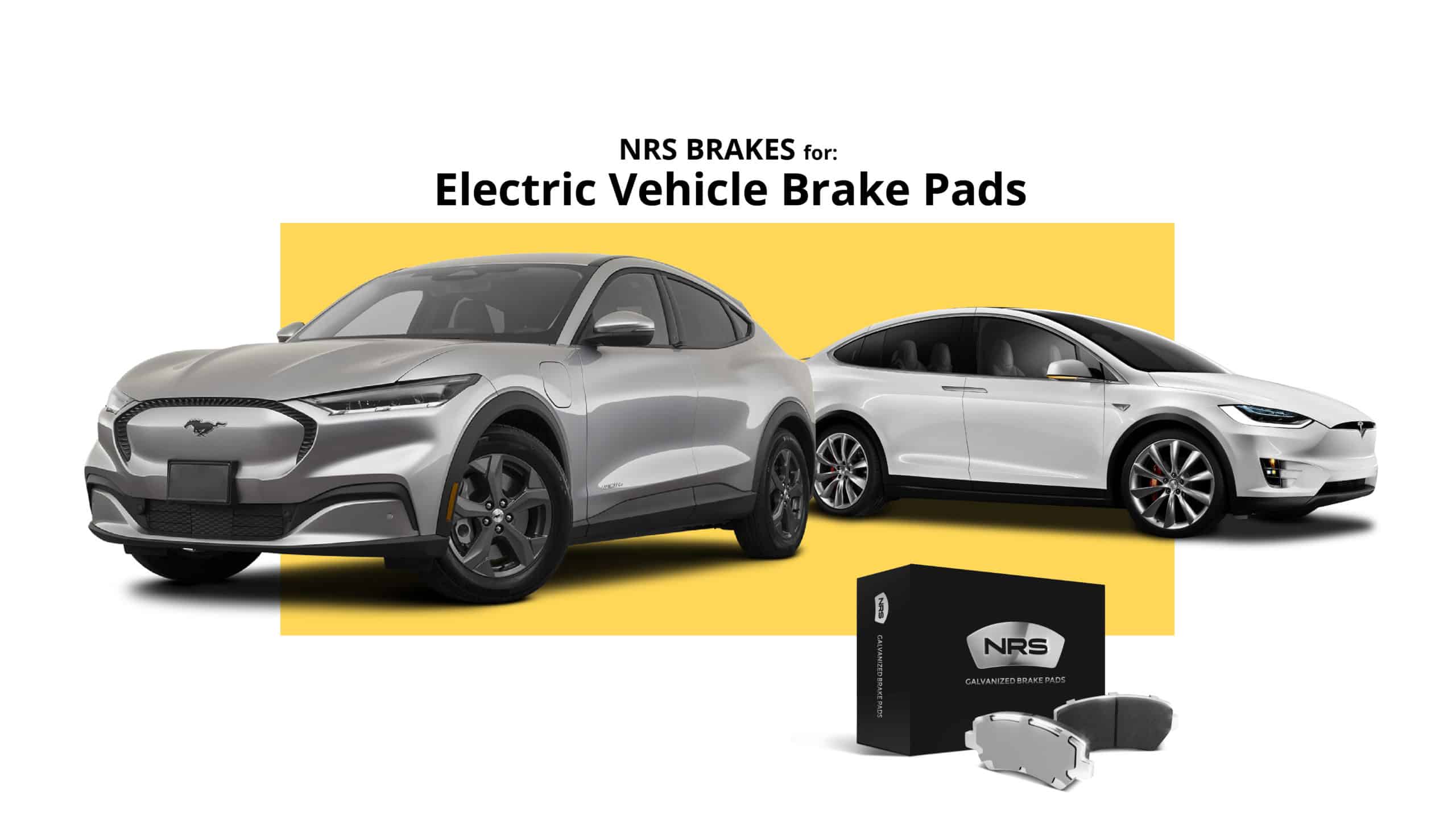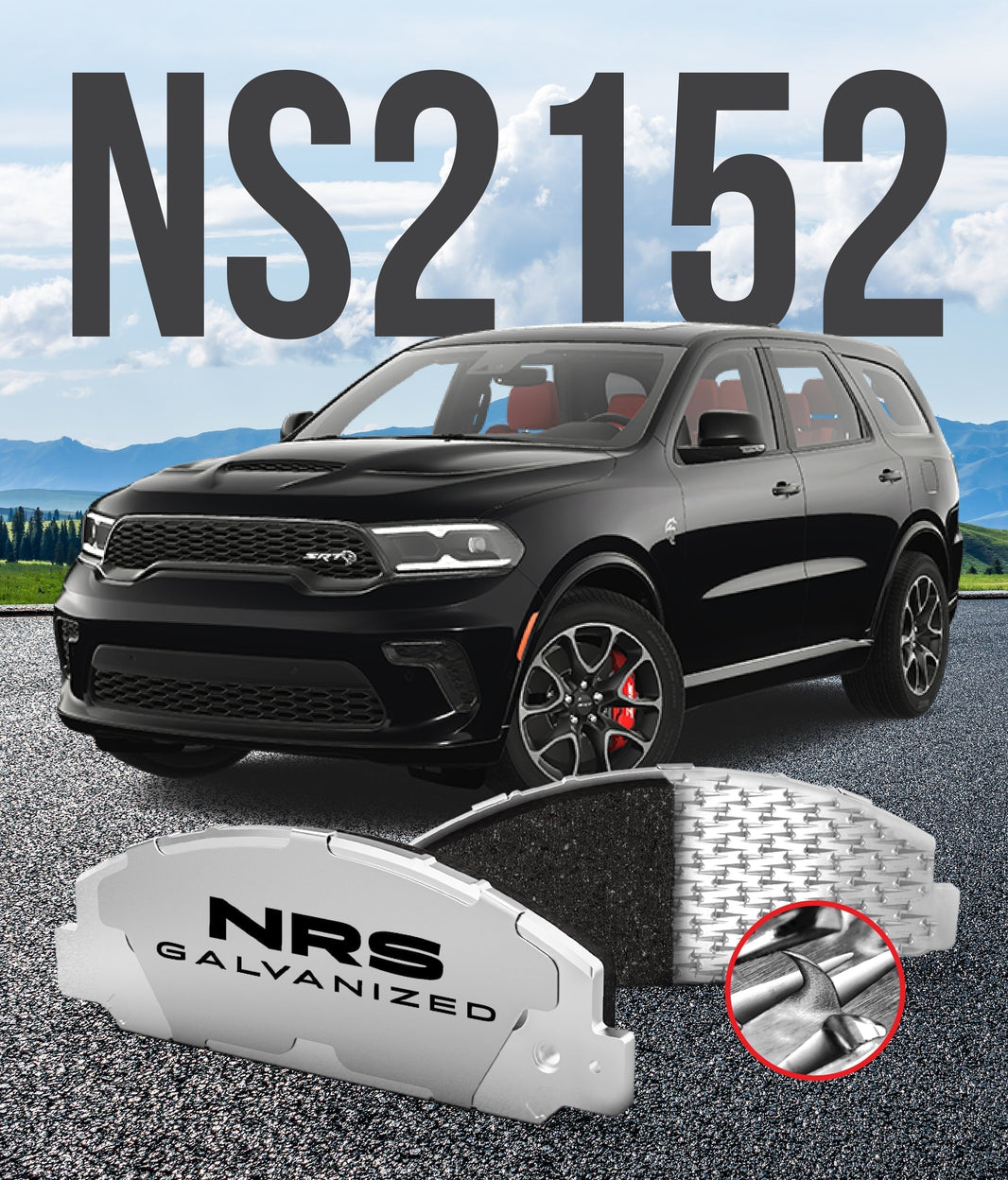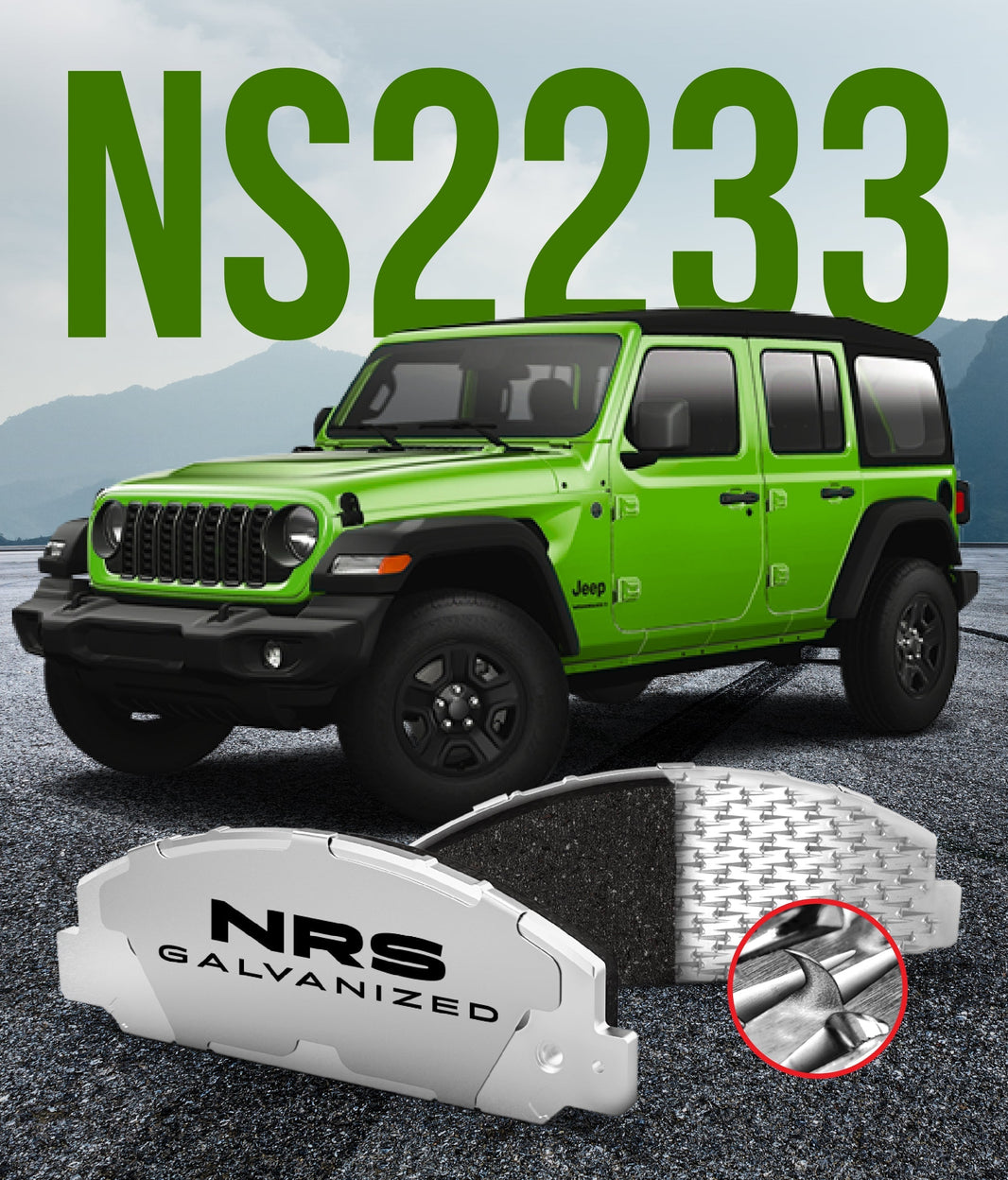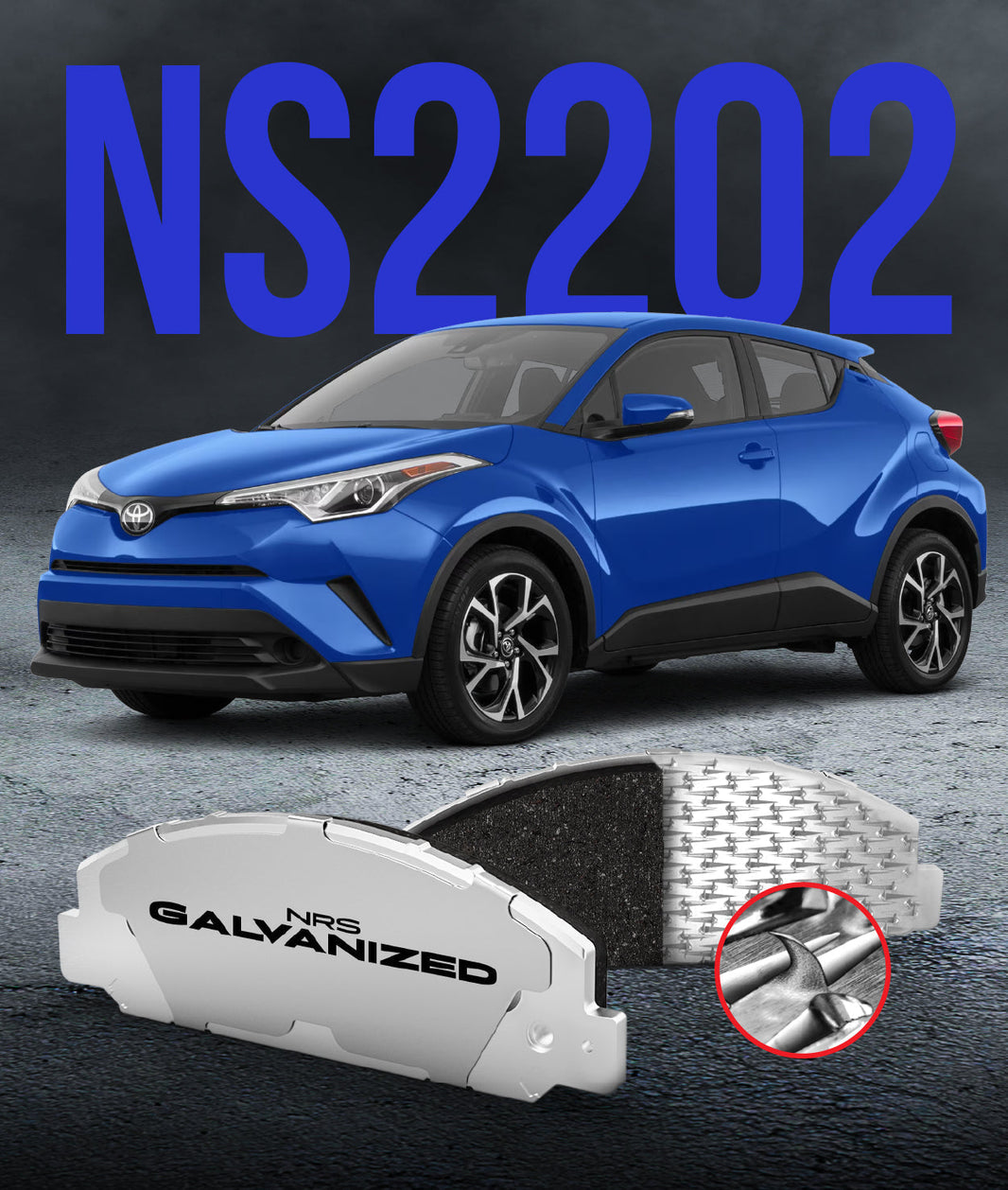
You’ve probably seen more electric vehicles (EV) on the road in the last year than ever before. There was a time when it was just a handful but now, new models from more manufacturers than ever before have begun to spring up seemingly overnight. This is no accident but rather a recent indicator of the future of the automotive industry but also an indicator of the future evolution of actual parts and the electric vehicle brake pads market.
Electric Demands
Electric vehicles are in higher demand than ever before. This isn’t surprising considering the benefits of ownership. EV owners experience up to 40% lower running cost than owners of conventionally fueled vehicles. Maintenance costs are lower and further offset by government subsidies when available, designed to promote electric vehicle ownership as a means of reducing pollution.
Where hybrids used to dominate the market, the battery electric vehicle segment is the rising star. These EVs are less expensive to use and maintain than hybrids and contribute less to pollution than combustion engine powered vehicles. This has made them a popular choice among passenger vehicles which are also a rising segment in the field of electric vehicles.
Safety Driven Business
Current market research suggests that increasing consumer focus on safety, performance, and control will play key roles in the development of the EV market and, by extension, the electric vehicle brake pads market. EV safety, like all vehicles, is only as good as its brake pads.
As such, the electric vehicle brake pads market is expected to expand significantly between 2020 and 2028. In 2020, the electric vehicle brake pads market reached $115.8 million. It is projected to reach a compound annual growth rate (CAGR) of 18.1% by 2028.
Universal Growth
While projections show growth for all segments of the electric vehicle brake pads market, there are predicted variations in the three primary market segments. The three primary electric vehicle brake pads segments are organic, metallic, and ceramic.
The ceramic segment is expected to lead global revenue contribution between now and 2028. They are the costliest of the three segments on average but are also praised for their sturdy structure and rapid heat dissipation.
Metallic electric vehicle brake pads are also poised for a significant expansion. Improvements in durability, brake dust diminishment, and heat dissipation may play a role in this growth. Additionally, metallic’s lower cost compared to ceramic’s is likely to make them more appealing to customers.
Demand for original equipment manufacturer (OEM) brake pads is expected to grow. As demand grows, so too will prices. This may provide an opportunity for aftermarket manufacturers to supply more cost-effective alternatives.
Limiting Factors
Because of the size and weight of on-board batteries, EVs are heavier than similarly sized combustion engine vehicles. As a result, they also generate more heat when braking. This increased heat requires improved materials in EV brake pads which, in turn, increases the cost. This and concerns over noise opens up a whole new market segment which specializes in EV made brake pads.
Conclusion
As the EV market grows so too will the electric vehicle brake pads market. The demand for inexpensive, high quality EV brake pads will allow manufacturers like NRS galvanized brake pads to expand and lead to further innovation in the market.




